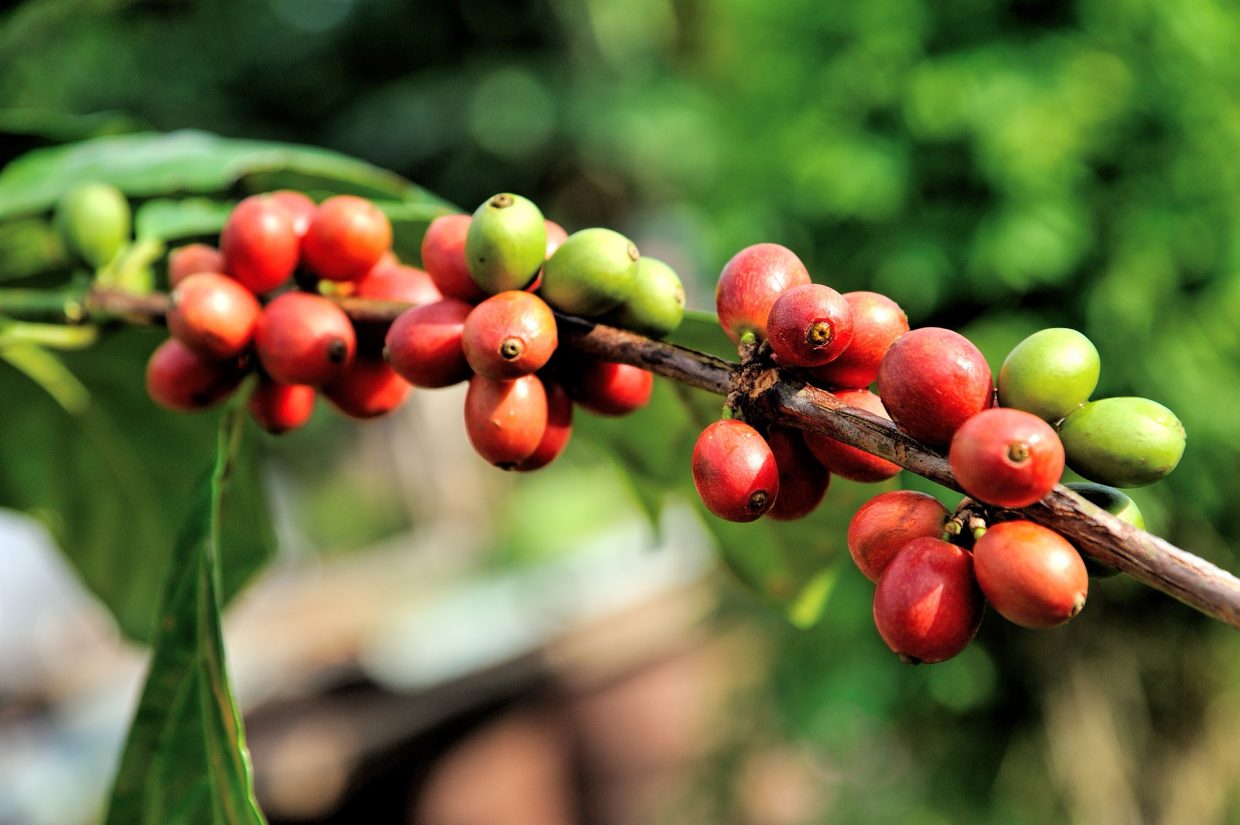While attending graduate school at Seattle Pacific University I had a statistics Professor, Dr. Lynette Bikos, Ph.D., who frequently used the term “low hanging fruit” to indicate the easy statistical analysis inherent in sets of data. I have taken the liberty to assign it a meaning of my own when working in the clinical realm, namely, “the stuff you can change without much help from me that will enhance your mental health”. Wordy, I know.
“Ha!” you say. What do I need you for then? My point exactly…
With that in mind, I would like to devote a few sessions to provide readers with some ideas of how they can make different lifestyle choices that may improve their emotional health. These are the same items that I review with my clinical patients in order to clear away the mental health symptoms that may be exacerbated by the everyday choices we make in order to better focus our clinical attention on the “hard stuff”.
So what are some of these “low hanging fruit” topics. Let’s start with a list:
- Water intake
- Caffeine consumption
- Sugar consumption
- Sleep hygiene
- Nutrition
- Exercise for mood
- Use of artificial sweeteners
- Time using social media versus face to face in-person communication
- Posture
- Breath
This is NOT to imply that some clinical focus isn’t necessary for many folks in these areas, or that they don’t deserve to be attended to with established, evidence based protocols. However, many brief periods of emotional distress and/or fleeting symptoms of depression and anxiety may be remediated by active applying some psychoeducation, or in some cases some “good old/new fashioned” advice.
So let’s start with Caffeine. Now wait, before you tune out, I know that many of us need to start our days with a jolt from Starbucks or “Other” …myself included. But did you know that there is a whole section of disorders in the American Psychiatric Association’s “Diagnostic and Statistical Manual of Mental Disorders” related to caffeine? Yup…
- Caffeine Intoxication
- Caffeine-Induced Anxiety Disorder
- Caffeine-Induced Sleep Disorder
- Caffeine-Related Disorder Not Otherwise Specified
Caffeine Intoxication is my favorite! I do it to myself all the time. Every had the “buzzed up, restless, excited, have to pee” feeling after drinking too much coffee? You’re on your way to being intoxicated. But the symptom list gets a little more intense…how about insomnia, flushed face, and gastrointestinal disturbance? Okay, now this is getting serious…Rambling flow of thoughts, tachycardia or cardiac arrhythmia, periods of inexhaustibility and psychomotor agitation! Yikes! Sounds like I have some serious problems.
So how much is too much? Well that depends. Just like any other drug, and yes, I am calling caffeine a “drug” at this point, it depends on you. Average caffeine intake for adults consuming caffeine in many developing countries is less than 50 mg /day, while the average caffeine consumption in industrialized countries may rise to as much as 400 mg/day. In the US, average caffeine consumption is approximately 200 mg/day with about 30% of Americans consuming upwards of 500 mg/day. According to the DSM-5, milder symptoms of caffeine intoxication (restlessness, nervousness, excitement, insomnia, flushing, diarrhea) can occur with as little as 100 mg/day while heavy use is associated with the onset or worsening of anxiety and somatic symptoms. Over 10 grams per day, considered an “acute dose” is associated with grand mal seizures and respiratory failure. Excessive levels of caffeine consumption are associated with Mood, Sleep, Eating, Psychotic and Substance-Related Disorders.
What does that translate to in terms that we can relate to? The following information was gleaned from the “Center for Science in the Public Interest” at: https://cspinet.org/eating-healthy/ingredients-of-concern/caffeine-chart. These are just a sampling, the full chart has over 120 line items, including coffee, tea, soda, energy drinks, and food. (Can you believe Hagen Daas Coffee Ice Cream has 29 mg caffeine per 4 fluid oz.?).
| Coffees | Serving Size | Caffeine (mg) |
|---|---|---|
| Starbucks Coffee | venti, 20 fl. oz. | 415 |
| Starbucks Coffee | grande, 16 fl. oz. | 330 |
| Panera Frozen Mocha | 16.5 fl. oz. | 267 |
| Starbucks Coffee | tall, 12 fl. oz. | 260 |
| Starbucks Caffè Americano | grande, 16 fl. oz. | 225 |
| Panera Coffee | regular, 16.8 fl. oz. | 189 |
| Starbucks Espresso Frappuccino | venti, 24 fl. oz. | 185 |
| Dunkin’ Donuts Coffee | medium, 14 fl. oz. | 178 |
| Maxwell House Ground Coffee—100% Colombian, Dark Roast, Master Blend, or Original Roast | 2 Tbs., makes 12 fl. oz. | 100-160 |
| Dunkin’ Donuts Cappuccino | large, 20 fl. oz. | 151 |
| Keurig Coffee K-Cup, all varieties | 1 cup, makes 8 fl. oz. | 75-150 |
So you be the judge (and do the math). How much is too much FOR YOU. Notice what happens on those over caffeinated days, or on the “regular” caffeinated days. Would cutting back on your caffeine level help? Try it and see. Be wary though, you can experience caffeine withdrawal as well!
Disclaimer: The preceding information does not constitute a professional or clinical relationship with Dr. Leigh Anne Randa, Ph.D. or Friendly Psychology or its representatives. The information is not intended to replace or act as a consultation with a mental health professional. Please seek appropriate medical or mental health intervention if you have concerns or questions. If you are at risk for suicidal behavior or self-harm, please call 911 or go directly to your nearest local Emergency Room.
